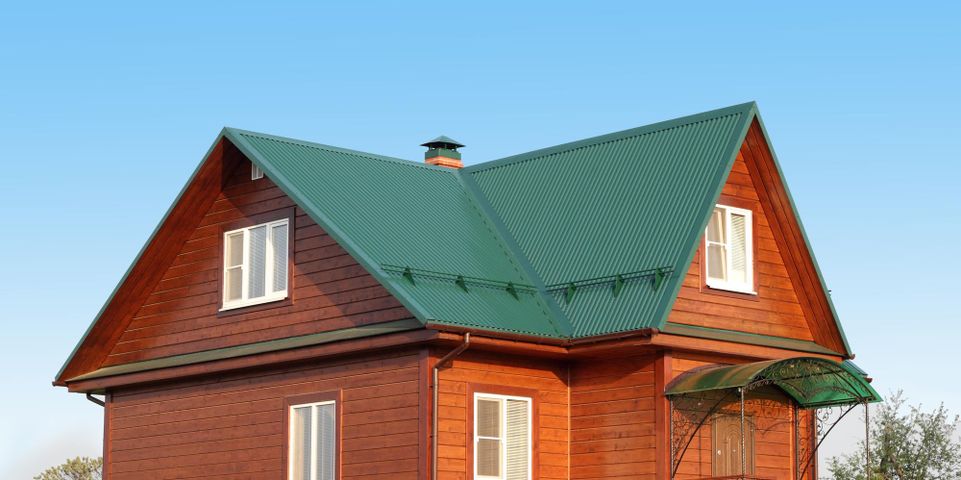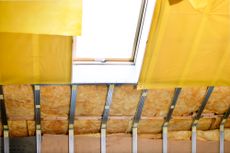A Contractor's Guide to Metal Roof Insulation

Metal roofing has several differences from a traditional asphalt roof. If you’re a roofing contractor, keep in mind that incorrect installation could result in moisture buildup and mold growth. The guide below shares three simple steps for insulating a metal roof to preserve energy efficiency and prevent potential damage.
How to Insulate a Metal Roof
1. Install Sheathing
Metal roofing will naturally collect condensation, which will drip from the underside of the metal sheets. To prevent this condensation from creating a damp space where mold can develop, you’ll need a barrier of plywood or foamboard that will keep the insulation from getting wet. This sheathing should also be coated with a liner for extra protection from moisture.
2. Add Insulation
 Insulation comes in several varieties, and the right one will depend on the project. If your client is willing to pay more for higher energy-efficiency, spray foam insulation is long-lasting and more efficient than fiberglass. However, it costs more and requires specialized equipment to install.
Insulation comes in several varieties, and the right one will depend on the project. If your client is willing to pay more for higher energy-efficiency, spray foam insulation is long-lasting and more efficient than fiberglass. However, it costs more and requires specialized equipment to install.
A new metal roof that needs a cost-efficient solution can be insulated with rigid foam sheets. If you’re working on a pre-existing metal roof, add sheets of foam insulation where possible, and fill in gaps with fiberglass.
3. Ensure Proper Ventilation
The best way to fight against excess moisture is ventilation, so make sure you’re leaving enough space for the roof to breathe. Sheets of foam insulation should have at least an eighth of an inch between each panel to allow for airflow.
Contractors throughout Savannah and the rest of Tennessee count on H & H Metal Products for high-quality metal roof materials, furnace supplies, siding, and other custom metal products. They have more than 30 years of experience, and also specialize in providing the supplies for pole barns, carports, and other metal buildings. Visit their website to learn more about their services, and call (731) 925-1922 speak with a helpful representative.
About the Business
Have a question? Ask the experts!
Send your question

